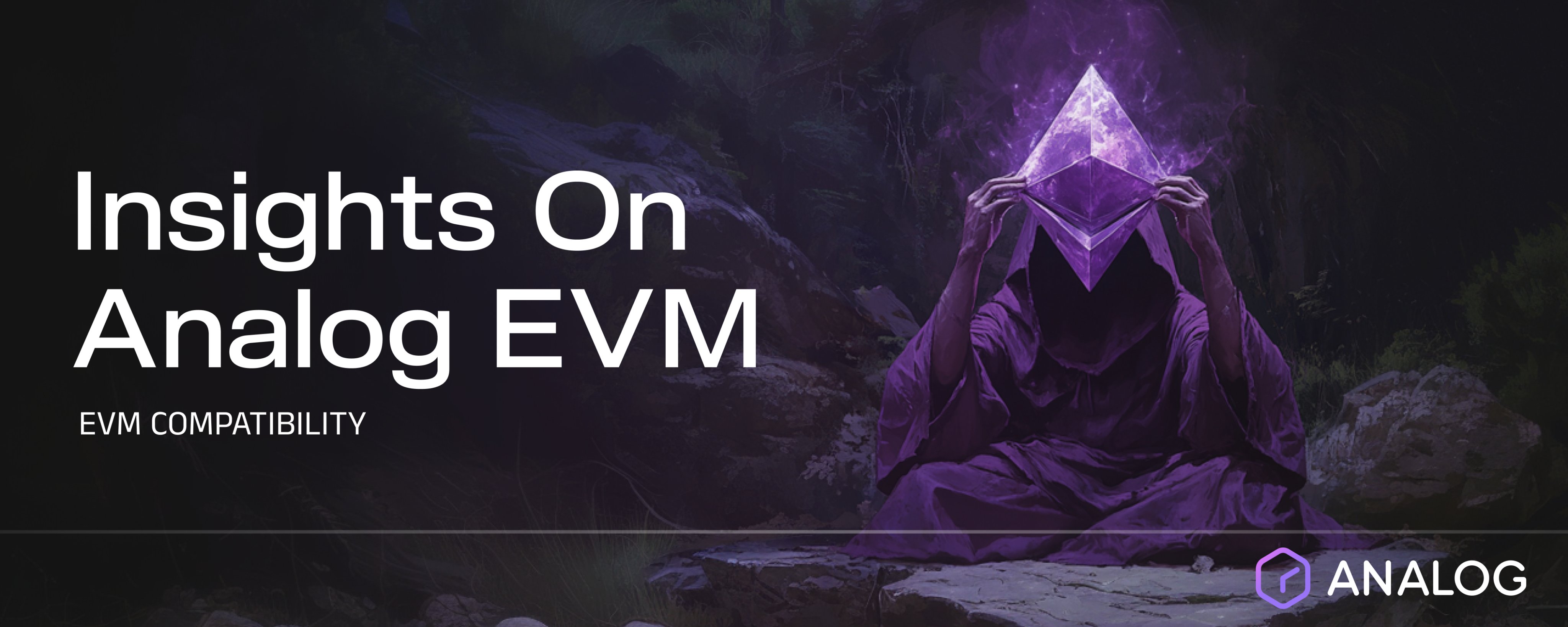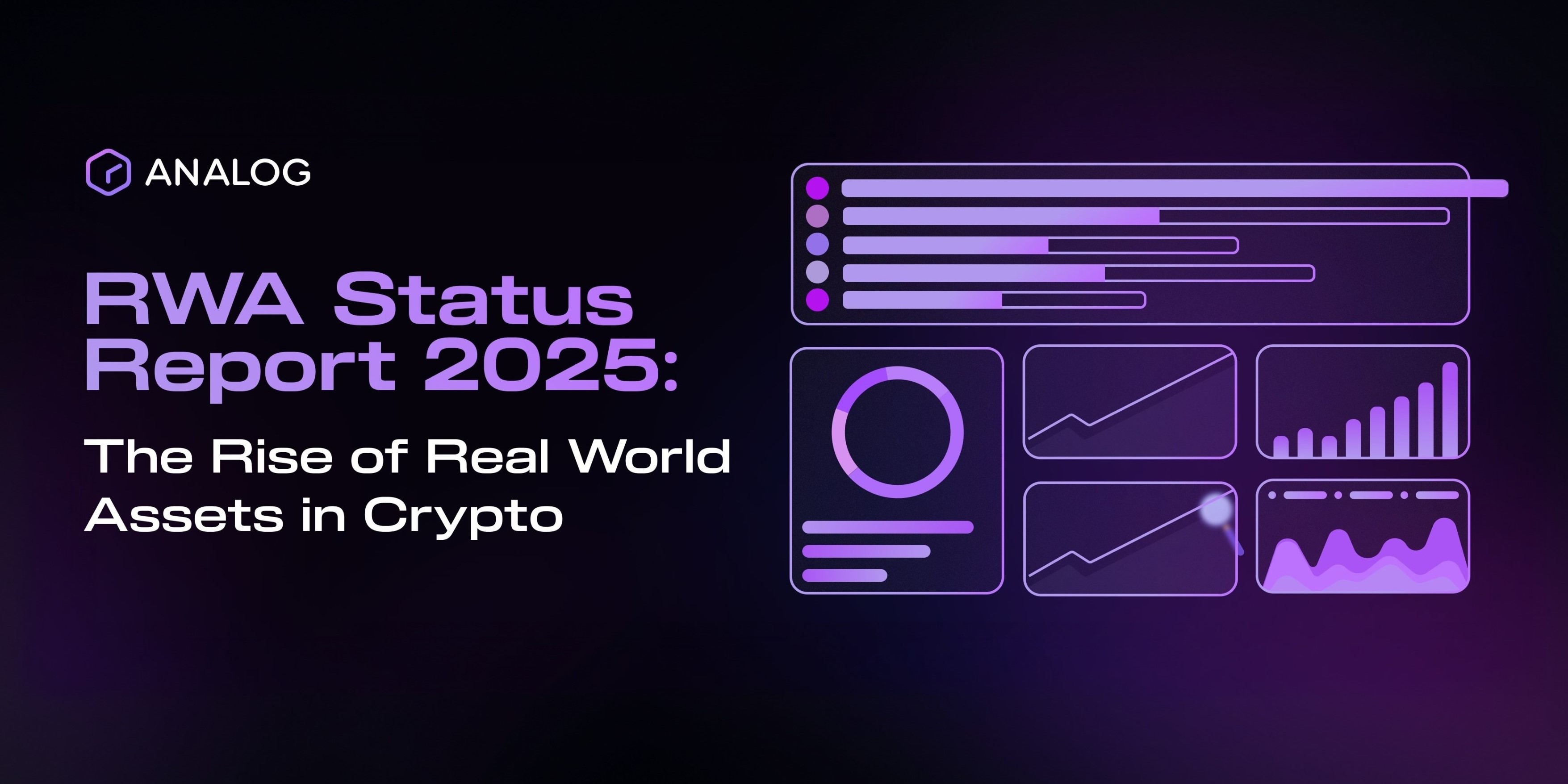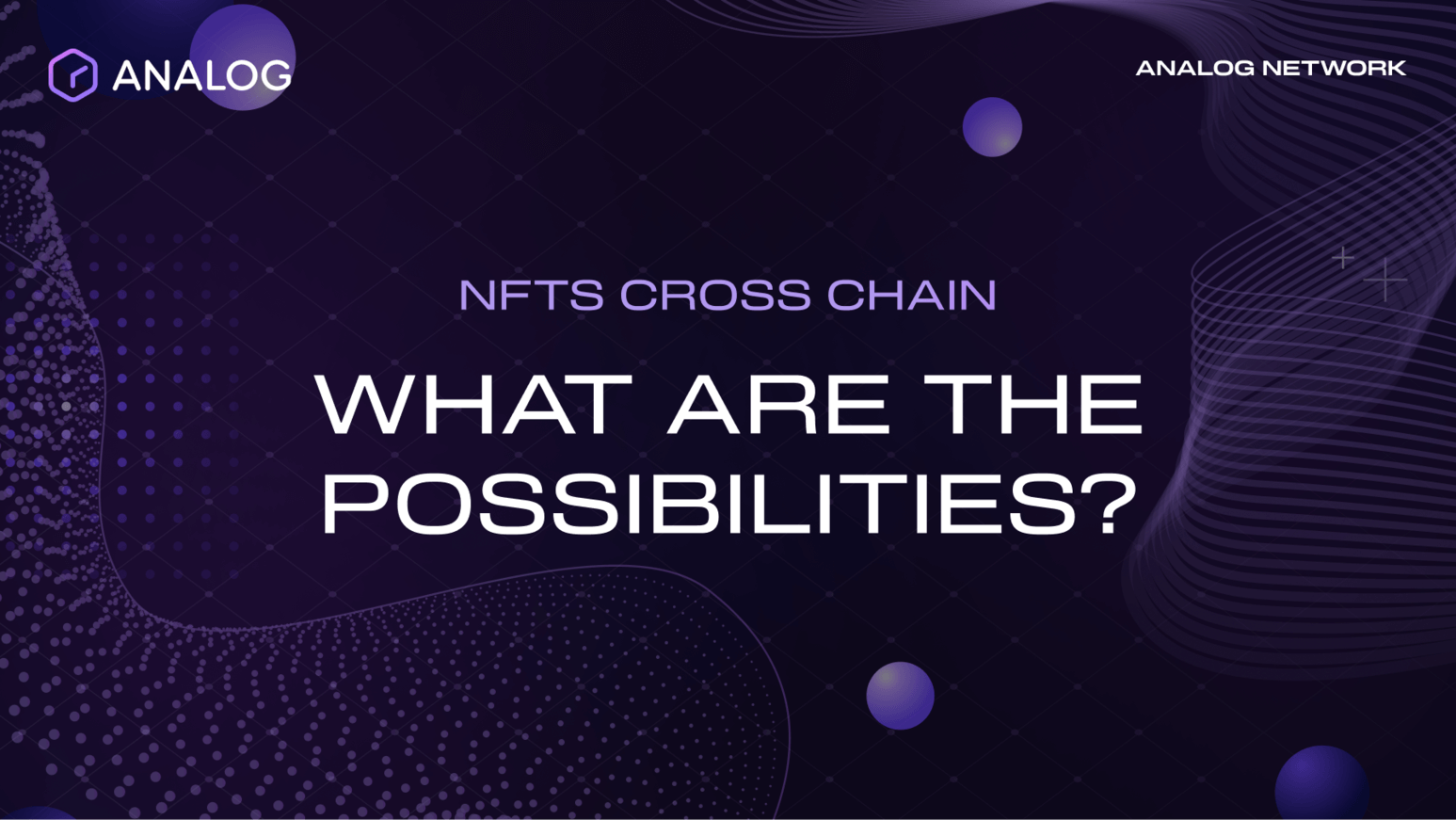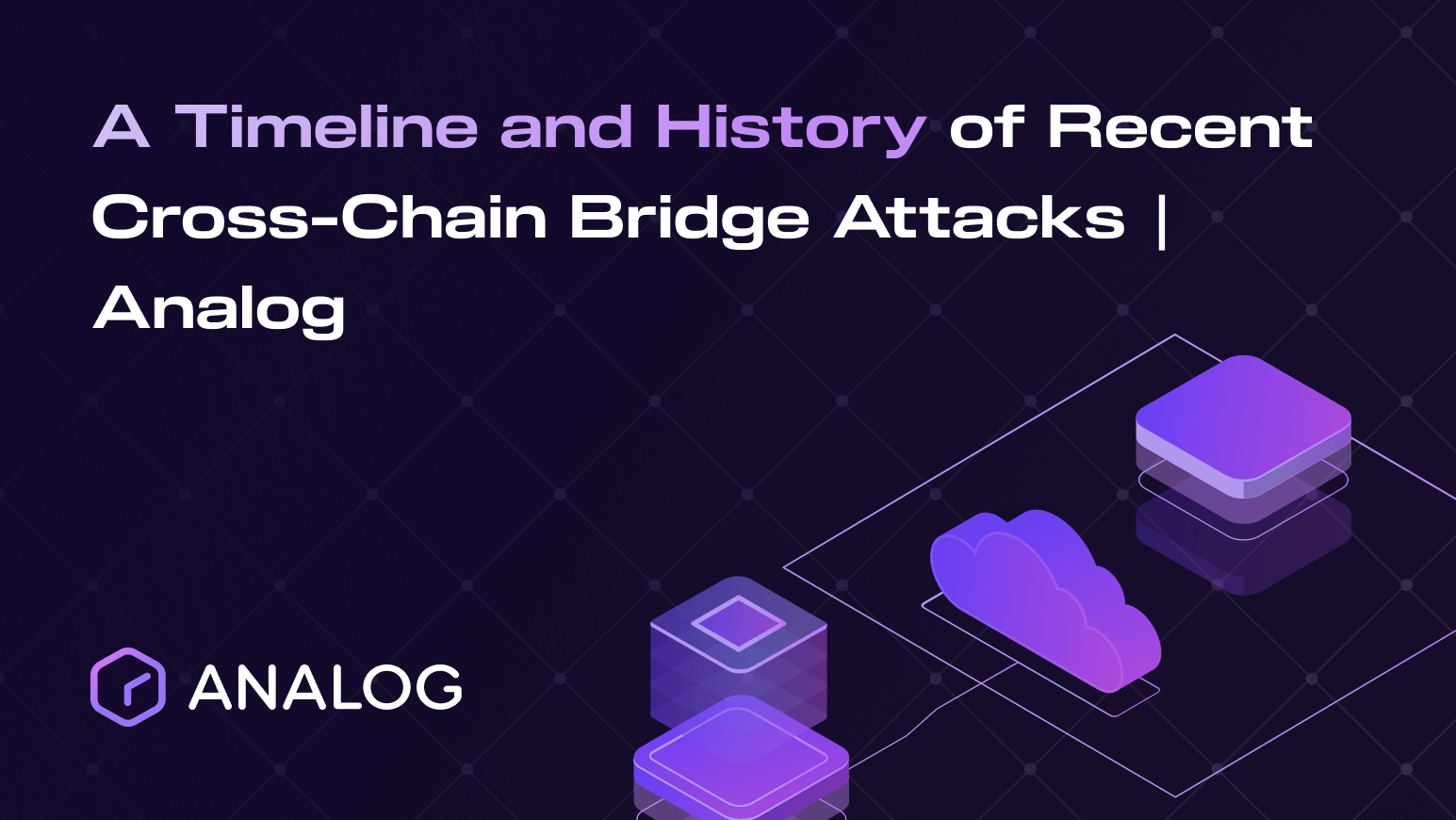
Analog's upcoming EVM compatibility layer represents a significant milestone in the blockchain's evolution, with PolkaVM technology at its core.
This integration promises to dramatically improve performance while maintaining full compatibility with existing Ethereum tools.
Let's explore what PolkaVM is and why it matters for developers and users alike.
Introduction to Analog's EVM Compatibility
Analog Timechain is preparing to introduce EVM compatibility, allowing builders to deploy and run Ethereum smart contracts on its network.
Unlike traditional EVM implementations, Analog has chosen to integrate PolkaVM technology to provide exceptional performance and efficiency advantages while still providing a familiar development experience.
What is PolkaVM?
PolkaVM is a next gen virtual machine built to run blockchain smart contracts with speed and efficiency that comes close to native applications.
Instead of slowly processing contract instructions one by one like traditional virtual machines, PolkaVM converts smart contract code into highly optimized machine code that runs directly on your computer’s processor.
It does this using just-in-time (JIT) compilation, which means it watches how the contract runs, spots the parts that get used the most, and then fine tunes those sections for maximum performance.
The result becomes faster execution, lower resource usage, and a smoother experience for both developers and users.
Whether you're building dApps or running complex logic onchain, PolkaVM helps make everything quicker and more cost effective.
And it's all coming to Timechain.
How PolkaVM Works
PolkaVM transforms how EVM smart contracts run by moving away from the traditional, step by step execution used by the EVM and bridges the the performance gap through key technical components including:
Smart, “On the Fly” Compilation: PolkaVM analyzes a contract’s code and figures out the most efficient way to run it. Using a Just-In-Time (JIT) approach, it compiles frequently used parts of the code into optimized machine code while the program is executing. This means that as a contract runs, the sections that are used over and over get fine tuned to run even faster.
Register Optimization: Traditional EVMs use a stack based system, where data is pushed and popped on an endless stack, a method that doesn’t translate efficiently to modern CPUs. PolkaVM, inspired by RISC‑V, uses a fixed set of registers to pass and store information. This direct mapping to the hardware reduces extra processing steps and speeds up contract execution.
Adaptive Optimization: Rather than relying on a fixed strategy, PolkaVM continuously profiles the contract’s performance. It adapts by focusing on the “hot” sections of code that are used repeatedly, tuning them on the fly so that those parts become even faster over time.
Why PolkaVM?
Analog's decision to implement PolkaVM for its EVM compatibility layer delivers three primary benefits:
1. Competitive Performance
PolkaVM achieves remarkable execution efficiency with only ~1.3–2x overhead compared to bare metal execution. This stands in stark contrast to standard EVM interpreters, which typically operate at ~10–50x slower than native code.
This order of magnitude performance improvement means contracts run substantially faster, providing a more responsive user experience and allowing for more complex onchain applications.
2. Reduced Gas Costs
The dramatic performance improvements translate directly to economic benefits. PolkaVM's efficiency can reduce gas costs by approximately 80 to 90% compared to traditional EVM implementations.
Alternatively, chains can maintain similar gas costs while packing 5x to 10x more transactions into each block, significantly increasing throughput. This flexibility allows for optimizing either for affordability or scalability, depending on network priorities.
For users, this means dramatically lower transaction fees for the same operations, making blockchain interactions more accessible and enabling new use cases that were previously way to costly to implement.
3. Dev Friendly
Despite these revolutionary performance improvements, PolkaVM maintains full compatibility with existing Ethereum development tools. Developers can continue using familiar environments like Hardhat and Foundry, along with languages like Solidity.
This compatibility ensures that existing Ethereum contracts can be deployed to Analog with minimal or no modifications, and developers can leverage their existing skills and workflows without disruption.
Analog's EVM Compatibility: Coming Soon
With PolkaVM on the way, Analog is gearing up to deliver one of the fastest and most dev friendly EVM compatible experiences in the blockchain space.
Soon, developers will be able to deploy Ethereum contracts on the Analog Timechain with better performance and lower costs. That means quicker transactions, cheaper fees, and an easier time bringing over existing apps (or building new ones) using the tools and languages they already know and love.
By combining PolkaVM’s speed with Analog’s unique timechain design, we’re creating a powerful foundation for the next wave of blockchain innovation.
As we wrap up final testing, the Analog community can look forward to an EVM layer that doesn’t just keep up with current standards, it sets a new one.










